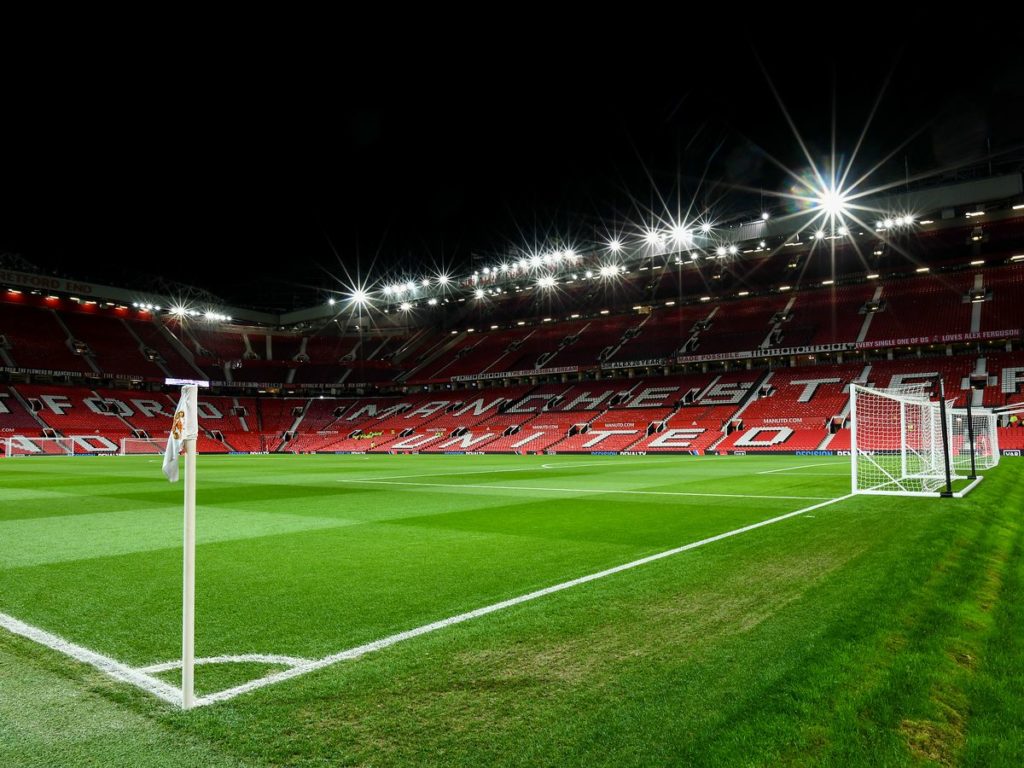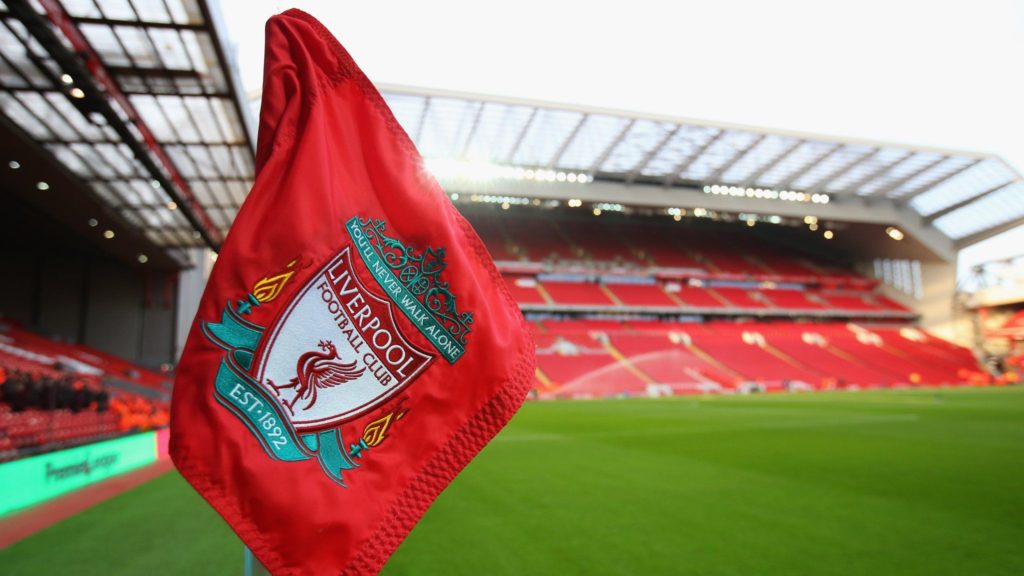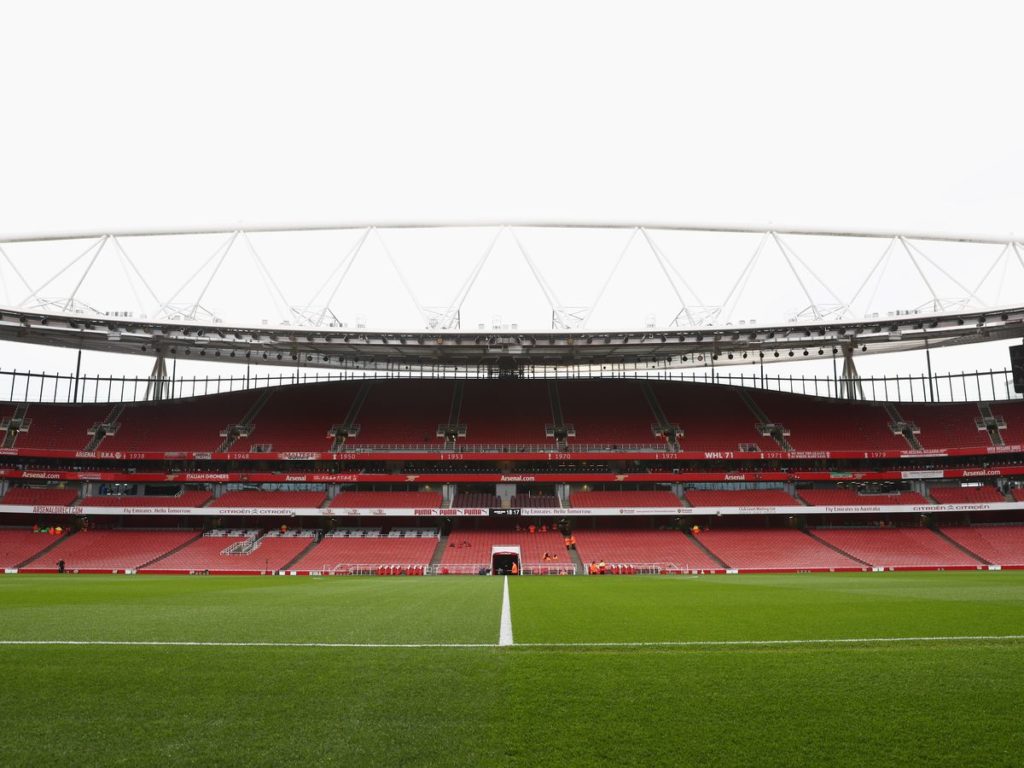
The cradle of football, England boasts some of the oldest and most beautiful football stadiums in the world. The Premier League teams have their home turfs regularly renovated and updated, adding amenities for the fans and players, as well as for journalists. Not two of them are alike, which only adds to the experience of visiting them and feeling the atmosphere on some of the greatest matches in modern football, many of which you can find on Buaksib.com. They differ in appearances and amenities, as well as in capacity, ranging from 76,000 at Manchester United’s Old Trafford to barely above 11,000 at Bournemouth’s Dean Court.
Several Premier League stadiums date back to the 19th century, making them among the oldest in the world. The title of the oldest in 2024 goes to the Burnley, Turf Moor, which was opened in 1883. Liverpool’s Anfield was opened a year later, in 1884, and Everton’s Goodison Park in 1892. Of course, all three are today a far cry from their original appearances, with their capacity and amenities enlarged multiple times. Unfortunately for the fans, the price of the tickets has also gone sky high, as clubs needed the revenue to keep up with the increased costs of operation and players’ salaries.
The cost of tickets in the Premier League is among the highest in the world, often reaching hundreds of pounds. Getting a season pass can easily set you back well over a thousand pounds for some clubs.
Determining the most beautiful Premier League stadiums in 2024 is mostly about personal taste, so our choices may not be the same as everyone else’s. Still, the stadiums on our list are generally regarded as not only the most beautiful, but also as the most iconic in the world of football. There isn’t a football fan in the world that wouldn’t want to attend a game at Old Trafford or Anfield or the newest stadium in Tottenham at least once in their lifetime.
One thing that will definitely change the appearances of all stadiums is proposed safe standing, something clubs have demanded for a long time, but the league was reluctant to approve. Standing was prohibited at English stadiums after the 1989 Hillsborough tragedy, that saw 96 fans lose their lives, with an additional 766 injured after they were crushed in two over-crowded standing-only pens. The modern proposal for safe standing would prevent similar incidents from happening again, but it is still unclear whether the league would adopt the changes that would allow the club to add standing spaces to their stadiums.
Stadium: Tottenham Hotspur Stadium

Club: Tottenham Hotspur
Capacity: 60,260
Opened: 2019
After spending more than one billion pounds ($1,3 billion) and suffering many delays, Spurs finally got their new stadium in April 2019. The cost may have caused many to cringe, but judging by a vast majority of accounts, it is money well spent. The stadium is, simply put, out of this world. Paul Hayward of The Telegraph said that the new stadium is “imposing and extravagant, yes, but still true to Tottenham Hotspur’s spirit and raison d’être”, and we couldn’t agree more. One thing that is missing is a naming sponsor, as Tottenham still hasn’t found anyone to shell out £20 million annually for the right to have the latest and the most beautiful Premier League stadium named after them.
Stadium: St James’ Park

Club: Newcastle
Capacity: 52,354
Opened: 1892
One of the oldest and the most iconic stadiums in the world, St James’ Park underwent a major renovation from 1998 to 2000, bringing it up to the standards of the modern age. The expansion and modernization cost £42 million. According to David Coverdale: “This ‘cathedral on the hill’ dominates the city skyline like no other stadium in England. There is a sense of theatre every time you enter this arena. The atmosphere can intimidate opponents – or the home side, on the occasions when the Toon Army gets on their back.”
Stadium: Old Trafford

Club: Manchester United
Capacity: 76,000
Opened: 1909
Back in 1909, the cost of building Old Trafford was £90,000. For comparison sake, the 2006 expansion that added 8,000 seats and made it the largest stadium in Premier League, cost £42 million. The club is already considering a new expansion that would see capacity raised to 88,000, second only to Barcelona’s Camp Nou (99,354) in European club football and rivaling Wembley at 90,000 and overtaking Real Madrid’s Santiago Bernabeu at 85,454. Considering that ManU is one of the most famous football clubs in the world, it is only fitting that their home turf reflects that.
Stadium: Anfield

Club: Liverpool
Capacity: 53,394
Opened: 1894
The home of legends like Bill Shankly and Bob Paisley, Anfield is one of the best-known stadiums in the world. After extensive renovation of the Main Stand, it is among the most beautiful in Premier League. The project cost £75 million and saw the capacity raised by almost 8,000 seats, making Anfield the seventh-largest stadium in the league. Some of the architectural features that were added in the reconstruction draw criticism from the point of aesthetics, but the looks aren’t really what make Anfield beautiful. Rather it is the atmosphere Liverpool fans make and the sound of 50,000 people singing “You’ll Never Walk Alone”.
Stadium: Emirates Stadium

Club: Arsenal
Capacity: 60,704
Opened: 2006
One of the newer stadiums in the Premier League, the Emirates boasts the best facilities and probably the best pitch in European football. Arsenal moved here from legendary Arsenal Stadium in Highbury. The old stadium was at its maximum as far further expansions went and it became too small for the club, so the decision to build a new stadium was made. While the Emirates is architecturally imposing and is praised for its amenities, the atmosphere just can’t compete with the Highbury. It only goes to prove that the status of football stadiums doesn’t have much to do with architecture and concrete, but rather the fans. Hopefully, when Arsenal wins its first trophy on the new home turf, that too will change.














